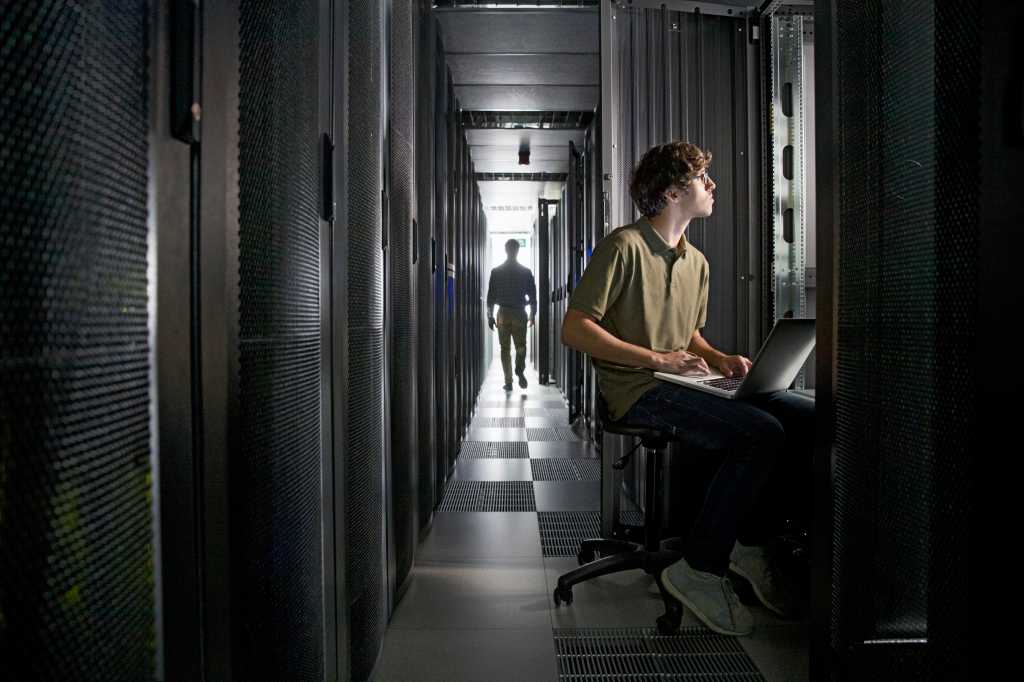Leading logistics management solution provider Kabal has taken proactive steps to ease the transition to new UK Offshore supply chain regulations.
-
Some Energy Voice online content is funded by outside parties. The revenue from this helps to sustain our independent news gathering. You will always know if you are reading paid-for material as it will be clearly labelled as “Partnership” on the site and on social media channels,
This can take two different forms.
“Presented by”
This means the content has been paid for and produced by the named advertiser.“In partnership with”
This means the content has been paid for and approved by the named advertiser but written and edited by our own commercial content team.
The introduction of the regulations created operational concerns for operators and suppliers alike. Compliance, resource allocation and employee stress were pressing issues for businesses operating in the North Sea and beyond.
In this interview, Esben Slettebø, sales manager at Kabal, explains how the company has collaborated with major UK operators to enhance its solution by integrating new requirements into Kabal’s customs features.
Industry-driven solutions for a changing landscape
“We’ve been working with the majority of operators in the Aberdeen area to develop a standardized solution within our existing system,” said Esben. “By working together with industry leaders, we identified the main challenges and adapted our software platform to meet the new customs regulations and compliance requirements.”
For over a decade, Kabal has supported major UK offshore operators, including Shell, BP, TotalEnergies, Harbour, Ithaca and Equinor. The company’s deep-rooted industry relationships positioned it to take the lead in addressing these regulatory changes, ensuring that operators and suppliers remain compliant while maintaining efficiency.

Seamless integration of new requirements
“The vast amounts of equipment moving offshore demands more robust planning tools,” Esben noted. “We have integrated the latest HMRC requirements into Kabal’s software, bringing all necessary logistics documents into one centralised platform. This removes the stress of manual compliance, minimises errors, and streamlines operations.”
Kabal’s customs solution now includes a comprehensive suite of features covering:
- Transport Requests
- Customs & Declarations
- Orders & Receipts (including Bill of Lading)
- Assurance Papers
- Certificates
- Compliance Documents
By consolidating these critical documents into the already existing logistical flow within the Kabal software, this allows offshore operations to run smoothly with minimized delays or compliance risks.
Proven expertise in logistics management
Kabal’s experience in navigating regulatory changes extends beyond the UK. The company has previously produced solutions for operators dealing with local and national compliance challenges worldwide.
“Our approach has always been to listen and adapt to the operational changes and Operators pain points, and develop improved and required solutions,” Esben said. “With our history of working with global energy companies around the globe, we have a proven track record of delivering innovative and effective logistics solutions.”
The company’s real-time visibility tools provide full transparency into offshore logistics operations, ensuring that cargo, personnel, and vessels are managed and moved in the most efficient and cost-effective way.
Why now is the time to act
While Kabal has already begun rolling out these enhancements, there are still some offshore operators who have yet to integrate the solution. For those who are not yet using Kabal, now is the time to act.
Esben noted: “We want to make operators aware that together with the biggest players in the industry, we have developed the best solution to navigate these new customs regulations. Now is the time to get on board and streamline your logistical operations with Kabal.”
Find out more
With the new UK customs regulations coming into effect, offshore operators and suppliers cannot afford to fall behind. Kabal’s logistics management software offers an easy and effective way to stay compliant while improving operational efficiency.
Learn more about how Kabal can support your operations, or get in touch with Esben directly either by phone: (+47) 973 43 143, or email: [email protected] to discuss how your business can benefit from Kabal’s expertise.




















